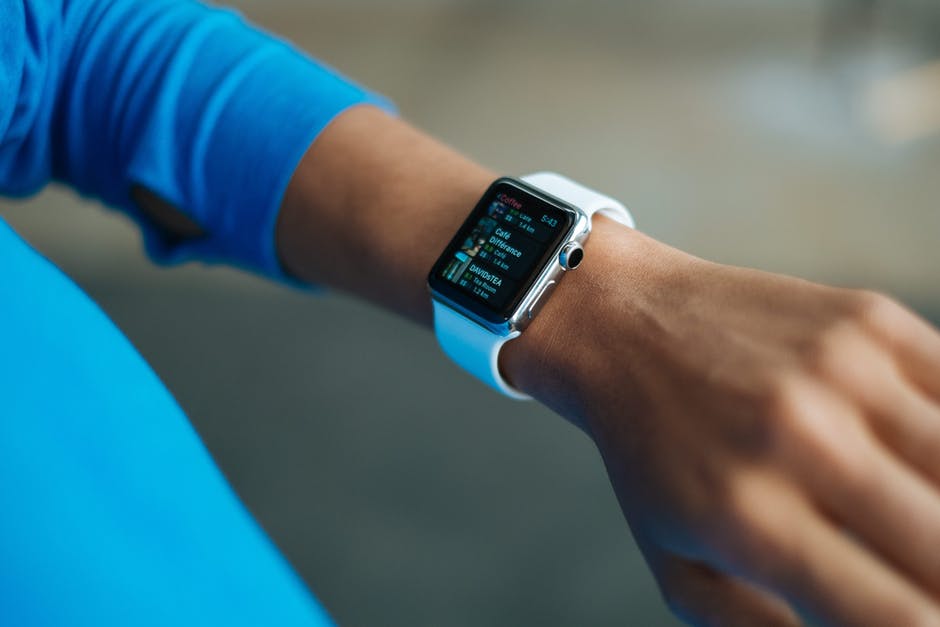The Internet of Things (IoT) has been hailed as one of the biggest disruptive forces of the 21st century – and for all the right reasons. We are now speaking to our cars, refrigerators, and home appliances; things that would have landed you in a mental asylum about two decades ago. The network of devices making up the IoT has dramatically changed how we interact with the world around us, and whenever it works, it’s always a sight to behold.
But it’s also quite easy to get lost in all the noise and forget about the challenges the IoT faces in the real world. Above everything else, businesses in the IoT sector need to capture and retain the attention of customers because, without them, the big numbers projected for the IoT industry will mean nothing.
The IoT is made up of many moving parts that need to come together for the desired impact on customers. Customer satisfaction and retention will depend on how players in the IoT industry will address emerging issues in the industry. Here’s a look at the most pertinent, customer-centric issues surrounding the implementation of the IoT.
1. Information Privacy and Security

Some of the biggest challenges associated with the IoT revolve around privacy and security. In 2016, a series of DDoS attacks took down a good number of major websites, including Spotify, Twitter, and SoundCloud. These attacks were mostly carried out via botnets that were built out of IoT devices, including security cameras and smart thermostats.
Unlike mainstream devices such as laptops and smartphones, many IoT devices have weak hardware and software infrastructure that allows anyone with the right tools to access them. With mainstream devices, there are multiple ways consumers can protect their devices – from antivirus and antimalware applications to physically disconnecting them when not in use. For smart gadgets such as smart thermostats, there is only so much anyone can do to protect them from hackers apart from taking protective measures from the router or internet gateway.
With glaring privacy issues, customers are more reluctant to take up smart technology. A 2015 survey found that up to 44% of American smart home consumers were worried about information theft, something that negatively affects customer retention in the IoT industry.
2. Tech Support

IoT is a relatively new field for everyone and a potential nightmare for IoT support departments. The IoT consists of a huge collection of smart devices that vary from one manufacturer to the next. These different devices communicate within a complex network that is affected by different interrelated issues, including network availability and latency, communication channels, and a multitude of other factors. To top it all off, most of these devices come into the market as rushed products that have not been fully tested for the field, which makes it harder to integrate into the IoT ecosystem.
These challenges become pain points for technical support representatives who in turn become a weak link in efforts to provide efficient customer service. Without proper IoT knowledge, customer support representatives will not be able to provide effective support to customers, leading to poor customer retention down the line.
Improving IoT support involves making it quick and easy for customers to reach tech support representatives and making that experience helpful and effective. Empowering customers with detailed FAQs, tutorials, interactive manuals, and automated support is one of the surest ways to improve customer satisfaction and retention in the IoT industry.
3. Cross-Platform Availability

The IoT also adds on to the complex customer journeys consumers take when interacting with brands. Companies are often faced with the challenge of reaching out to potential customers via the different IoT channels and devices. For instance, is it possible for brands to spread their message on smartphones, smart watches, and refrigerators and still be effective?
The biggest challenge here for brands is customizing content and the overall brand message for effective targeted marketing campaigns. Marketers can use the massive amounts of data collected from IoT devices to customize their marketing campaigns for specific platforms instead of creating an all-in-one marketing campaign. This is the only way brands can ensure customer engagement and satisfaction across the diverse IoT terrain.
Conclusion
The IoT presents a world of opportunities and challenges for customer-centric companies. On one hand, it offers a diverse and personalized platform for engaging with customers. On the other, many of its elements are quite complex, which runs the risk of pushing customers away when brands fail to implement best IoT practices.
Finding that elusive balance between the challenges and opportunities presented by the IoT will be a major differentiating factor for customer-centric brands heading into the future.
